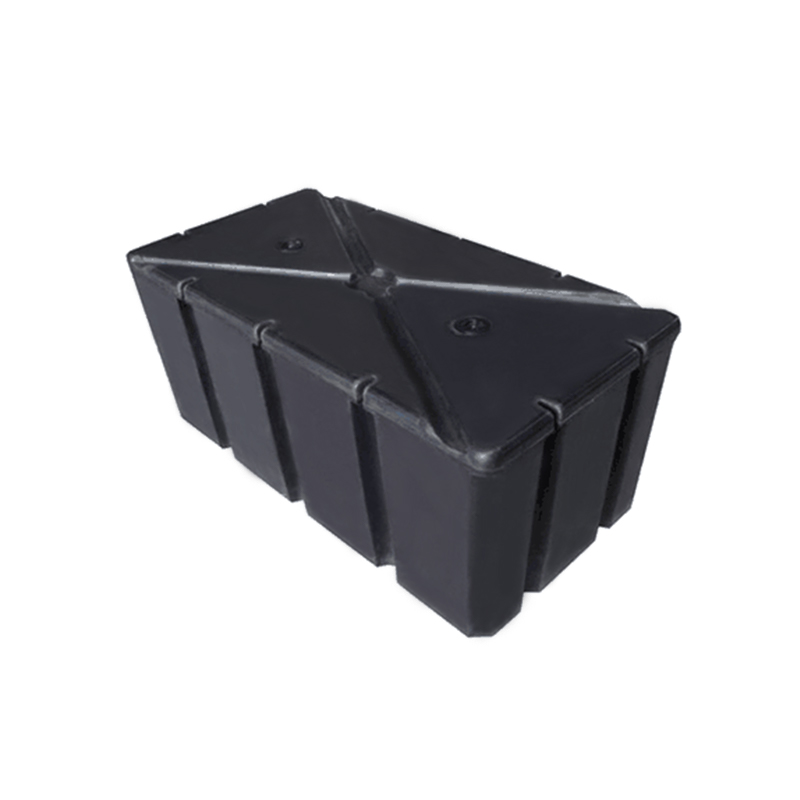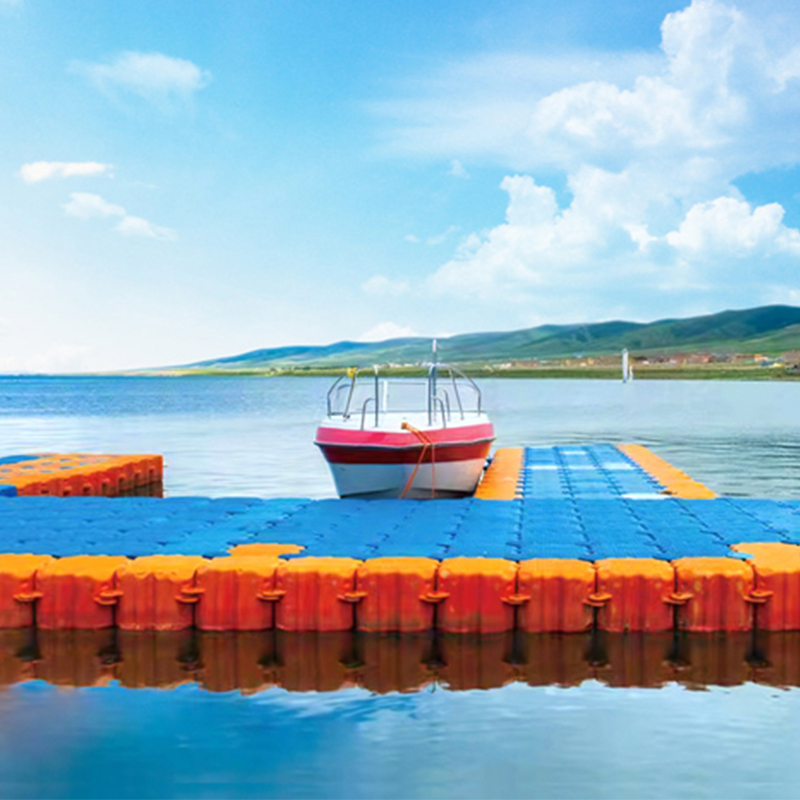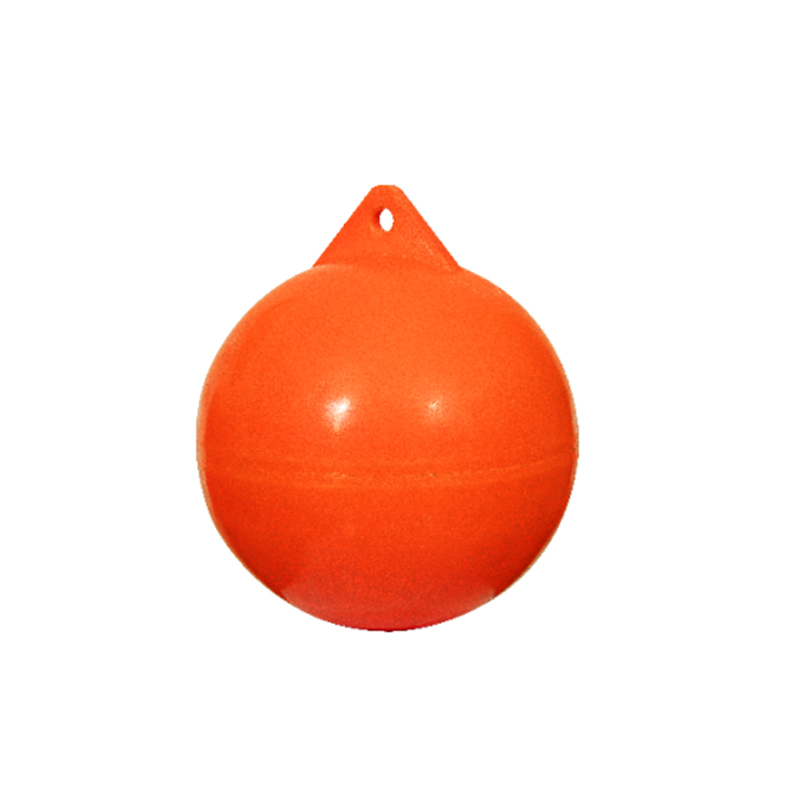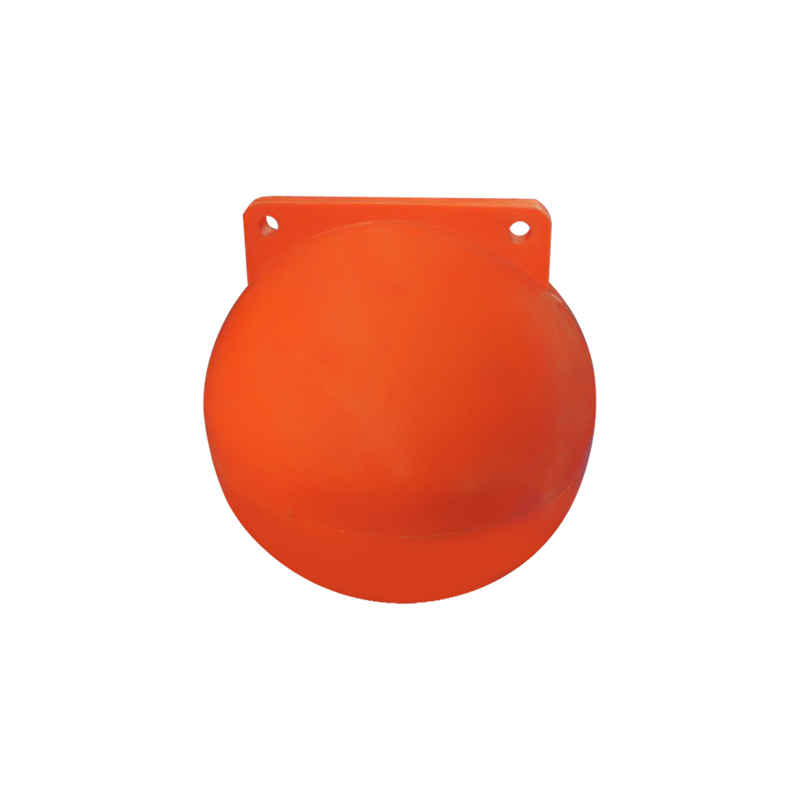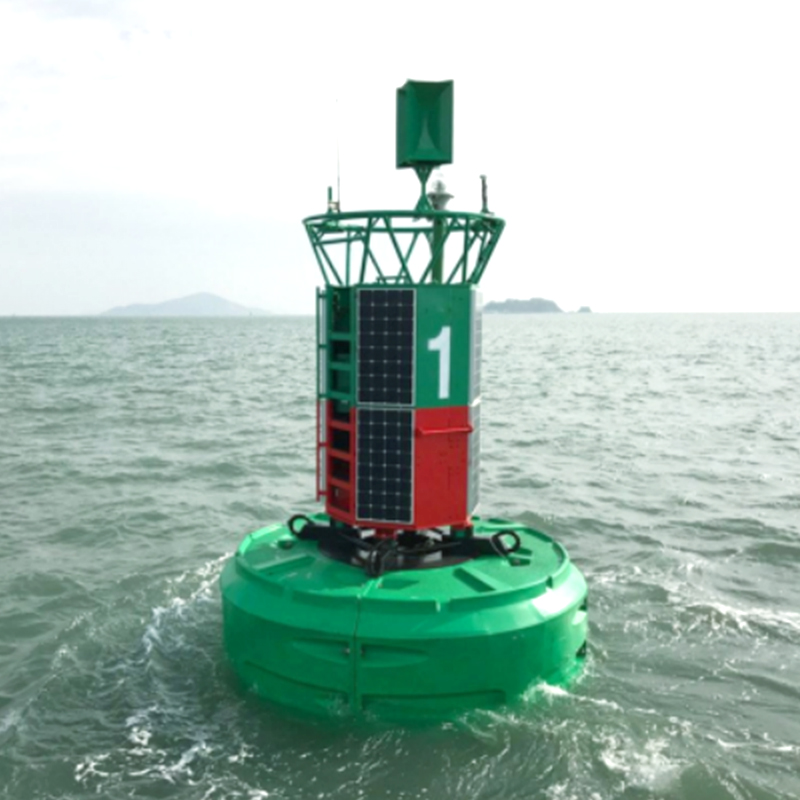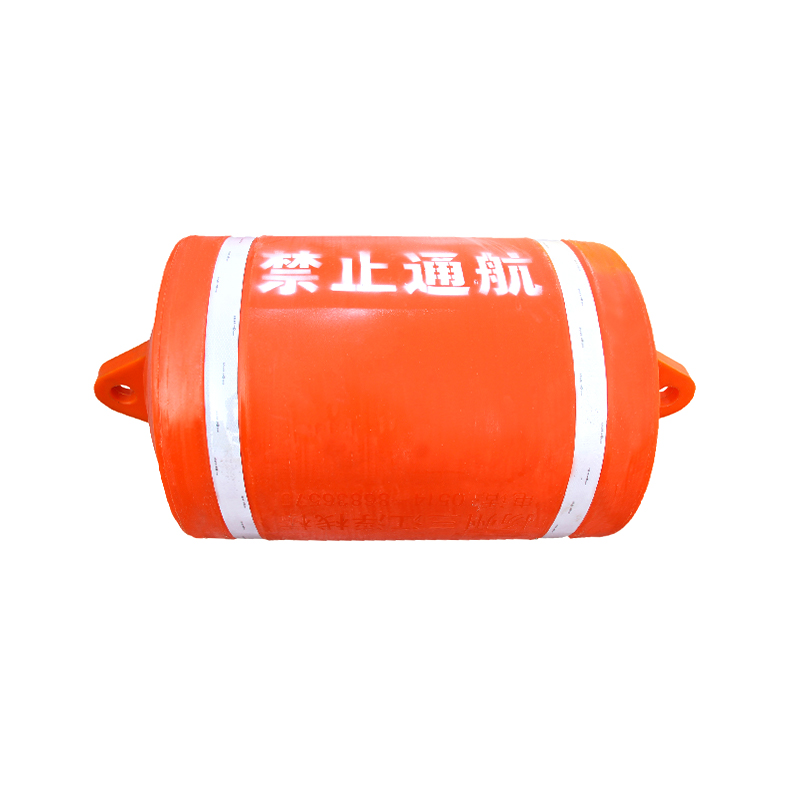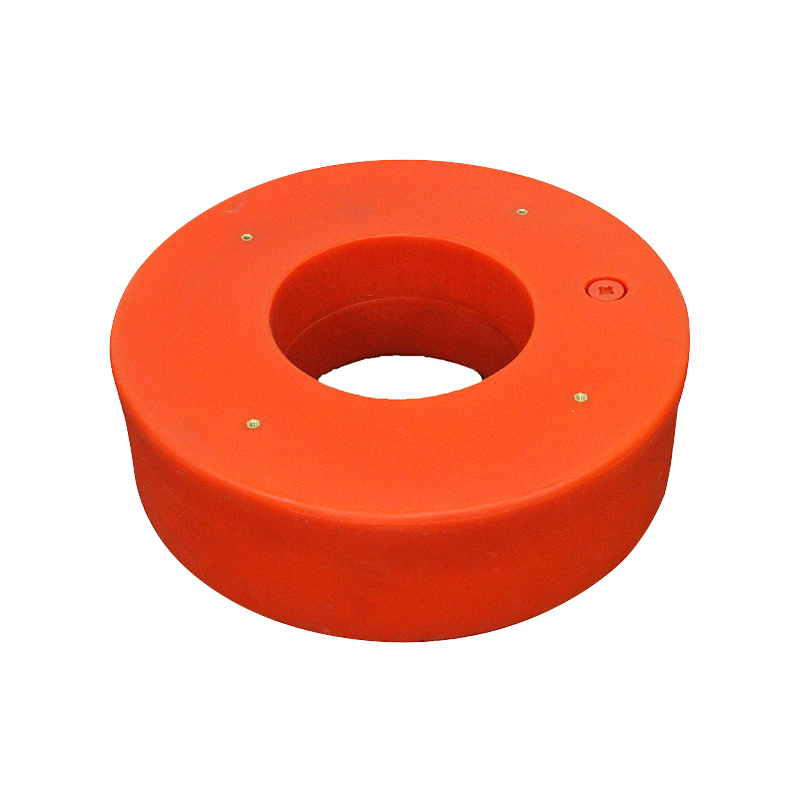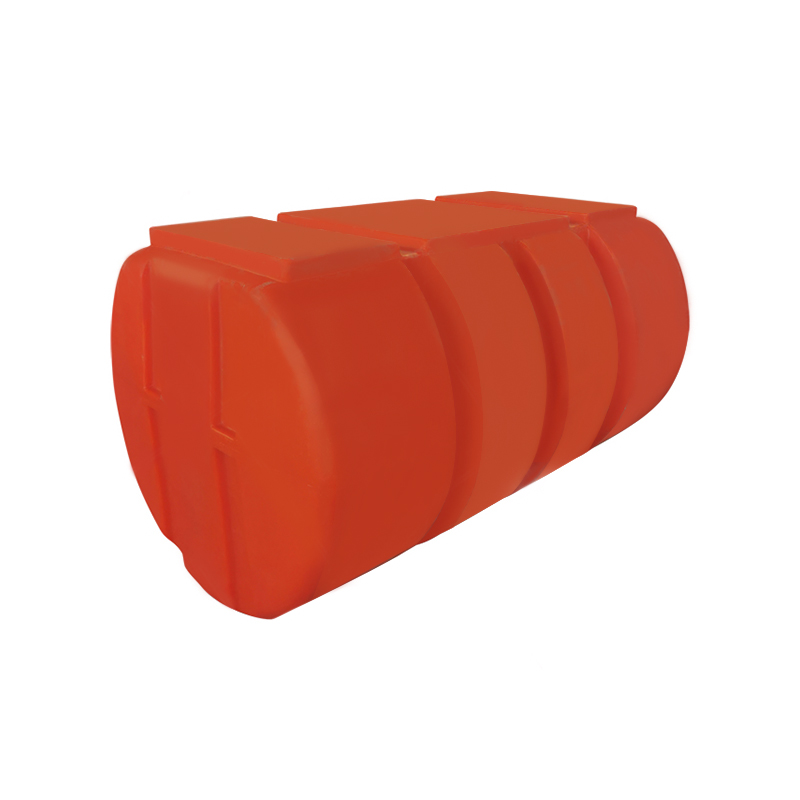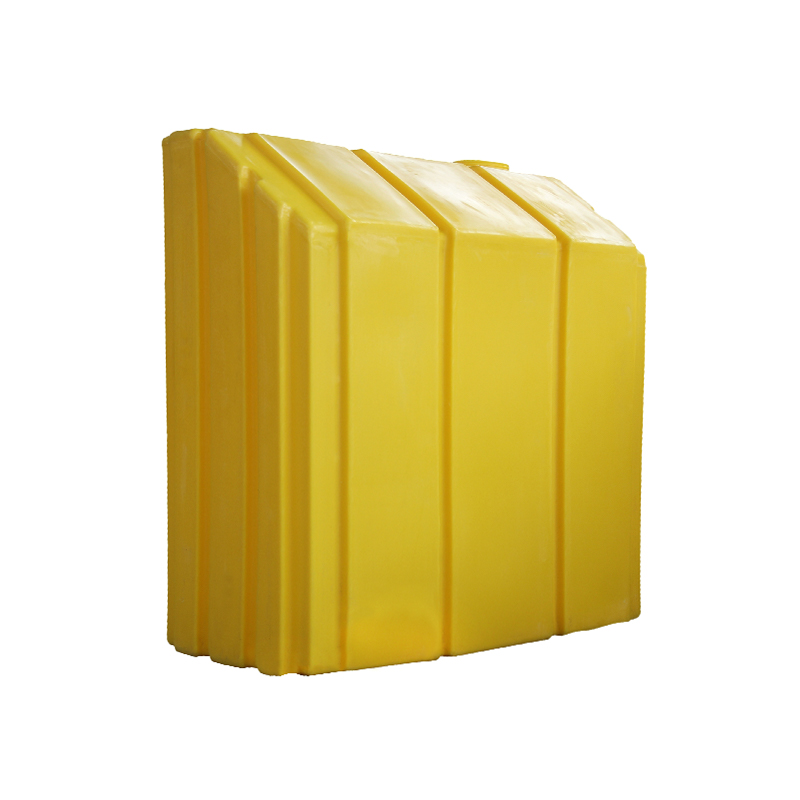What are the selection criteria for aquaculture barrels?
The material of aquaculture barrels is one of the most critical factors in the selection process. Common aquaculture barrel materials include plastic, stainless steel and fiberglass, each of which has its own unique advantages and disadvantages. Plastic materials, high-density polyethylene (HDPE) and polypropylene (PP), have become the mainstream choice for aquaculture barrels due to their light weight, corrosion resistance and hydrolysis resistance. They can withstand long-term use in water environments and are not easily affected by changes in water temperature. The cost of plastic barrels is relatively low and is suitable for small and medium-sized farms. Stainless steel aquaculture barrels, although more expensive, are suitable for long-term use in harsh environments due to their strong corrosion resistance and durability. Especially when the aquaculture environment temperature is high or contains more chemicals, the superior performance of stainless steel barrels is fully reflected. Fiberglass barrels are suitable for large-scale aquaculture and special environment needs due to their higher pressure resistance and stronger corrosion resistance. No matter what material is chosen, it is necessary to ensure that it is harmless to the aquaculture environment and will not release harmful substances to pollute the water quality.
Capacity and size are another important consideration when choosing an aquaculture barrel. Different aquaculture scales and aquatic species have different requirements for water capacity. For small-scale farms, smaller aquaculture barrels are usually selected, which is not only convenient for operation and management, but also can avoid water quality deterioration caused by excessive breeding density. In large-scale farms, large-capacity aquaculture barrels are needed to meet the needs of more breeding organisms and help stabilize the water body. The size of the aquaculture barrel must be selected according to the needs of the specific breeding species and the capacity of the water body must be reasonably designed. For large farms, in addition to the capacity of the barrel, the layout and installation convenience of the barrel must also be considered, so the size of the barrel should be determined according to the space of the farm.
The bottom design of the aquaculture barrel should not be ignored either. The design of the barrel bottom directly affects the fluidity of the water flow and the maintenance of water quality. A well-designed barrel bottom can help the water flow circulate naturally, avoid dead water areas due to stagnation, and thus reduce the accumulation of dirt. Barrels with round bottoms help the natural flow of water and can effectively avoid dirt deposition, while flat-bottomed barrels are more suitable for some stable environments, but make sure that the water flow at the bottom is not blocked. When choosing the barrel bottom design, the demand for water flow in the breeding environment should be considered to ensure that the water quality remains fresh.
Air permeability and ventilation are important factors affecting the effect of aquaculture. During the breeding process, the oxygen content in the water is crucial to the growth of aquatic products. It is best for aquaculture barrels to have a certain air permeability, which can effectively promote gas exchange in the water and maintain the oxygen content of the water body. The design of the barrel should consider whether there are appropriate air holes or ventilation systems, especially for high-density aquatic species, the air permeability of the barrel is particularly important.
Temperature changes also have a great impact on aquaculture. Aquaculture barrels should have good temperature resistance and be able to adapt to use in different seasons and temperature conditions. Especially for farms in tropical or subtropical areas, the material of the barrel needs to have strong high temperature resistance to avoid deformation or damage in high temperature environments. Aquaculture barrels also need to maintain good structural stability in low temperature environments in winter. The barrels should have good low temperature resistance to prevent the temperature difference from causing brittle cracking of the material.
The convenience of maintenance and cleaning is also a factor that needs to be considered when choosing aquaculture barrels. Aquaculture barrels will accumulate scale, sludge and other aquaculture residues during use. The inner wall design of the barrel should be as smooth as possible and have no dead corners to facilitate cleaning. More complex barrel shapes may make cleaning difficult and lead to water pollution. Choosing aquaculture barrels that are easy to clean and simple to maintain can reduce the time and cost of manual cleaning and maintain good water quality.
UV resistance is another important factor that affects the selection of aquaculture barrels. Barrels that are exposed to the sun for a long time, especially plastic barrels, are easily exposed to ultraviolet rays and accelerate aging, resulting in a decrease in the strength of the material and even cracking. When choosing an aquaculture barrel, you should choose a barrel with UV resistance, or add an anti-UV coating to the outside of the barrel, which can effectively extend the service life of the barrel.
Cost is a factor that cannot be ignored when choosing an aquaculture barrel. High-quality aquaculture barrels are usually more expensive, but they tend to be more durable and have lower maintenance costs, which can improve the breeding efficiency in the long run. When choosing, you should balance cost and function according to the scale and budget of the breeding, and avoid choosing low-quality barrels due to excessive cost savings, which will ultimately affect the breeding effect.


 English
English عربى
عربى
